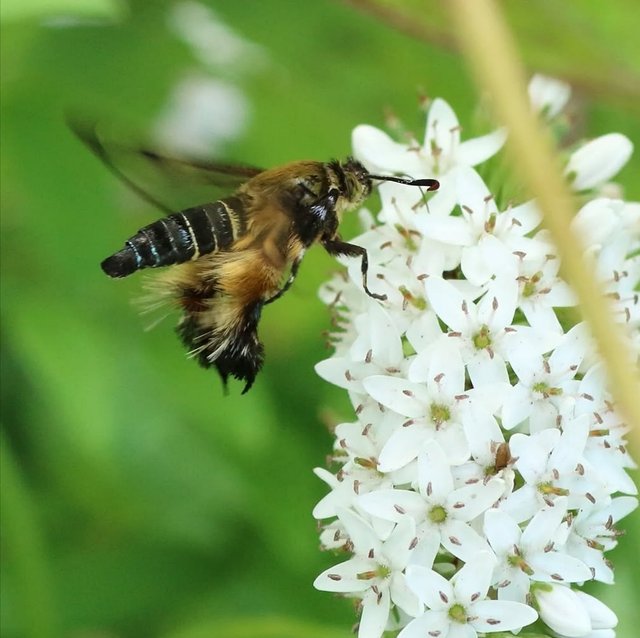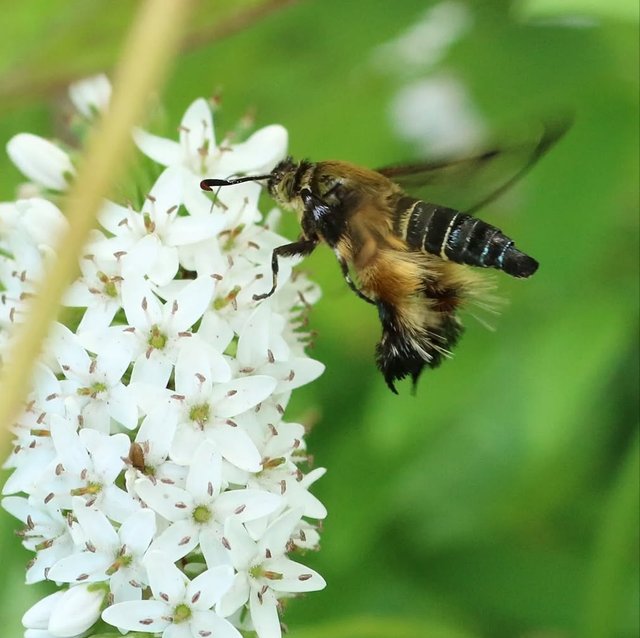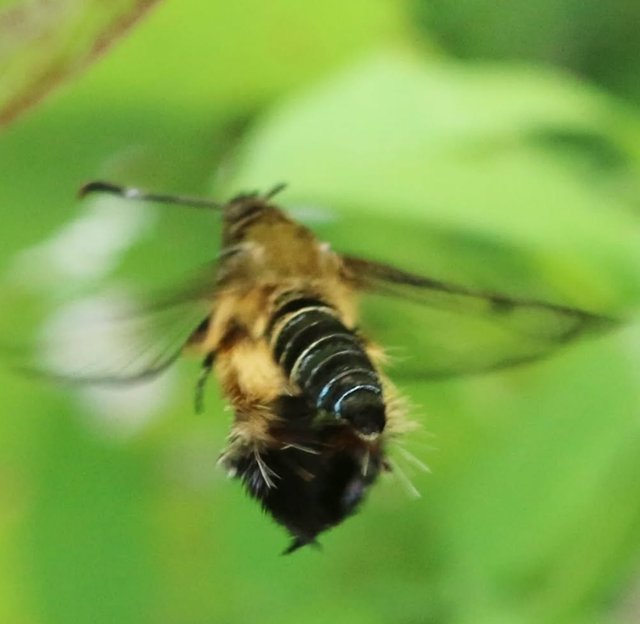So Cute Sesiidae Insect
The Sesiidae, commonly known as clearwing moths, are a fascinating and distinctive family within the order Lepidoptera. These moths are well known for their remarkable mimicry of wasps, bees, and hornets — a deceptive appearance that serves as a primary defense mechanism against predators. With over 1,300 species worldwide, the Sesiidae are not only biologically intriguing but also ecologically important, particularly in their interactions with plants, forests, and agricultural systems.
Mimicry and Appearance
One of the most notable characteristics of Sesiidae is their wasp-like appearance. Many species have narrow, elongated bodies, transparent wings, and black-and-yellow striped abdomens. These adaptations help them avoid predation, as birds and other predators typically avoid wasps and bees due to their painful stings.
Unlike most moths, sesiids are diurnal, meaning they are active during the day. This behavior complements their mimicry, allowing them to blend in with actual bees and wasps in full daylight. Their wings often lack scales in the central portions, making them appear clear or glassy—hence the name "clearwing moths."
Life Cycle and Behavior
The life cycle of sesiids follows the typical Lepidopteran pattern: egg, larva, pupa, and adult. However, their larvae are particularly significant. Most sesiidae larvae are borers, feeding within plant stems, roots, or trunks. This makes them important — and sometimes problematic — members of their ecosystems.
For example:Peach tree borer is a well-known pest of stone fruit trees.
Red-belted clearwing infests apple orchards in parts of Europe.
Hornet moth targets poplar trees.
Larval development can take months to years depending on the species and environmental conditions. After pupation inside the host plant or soil, adults emerge during the warmer months.




%20(10).jpeg)